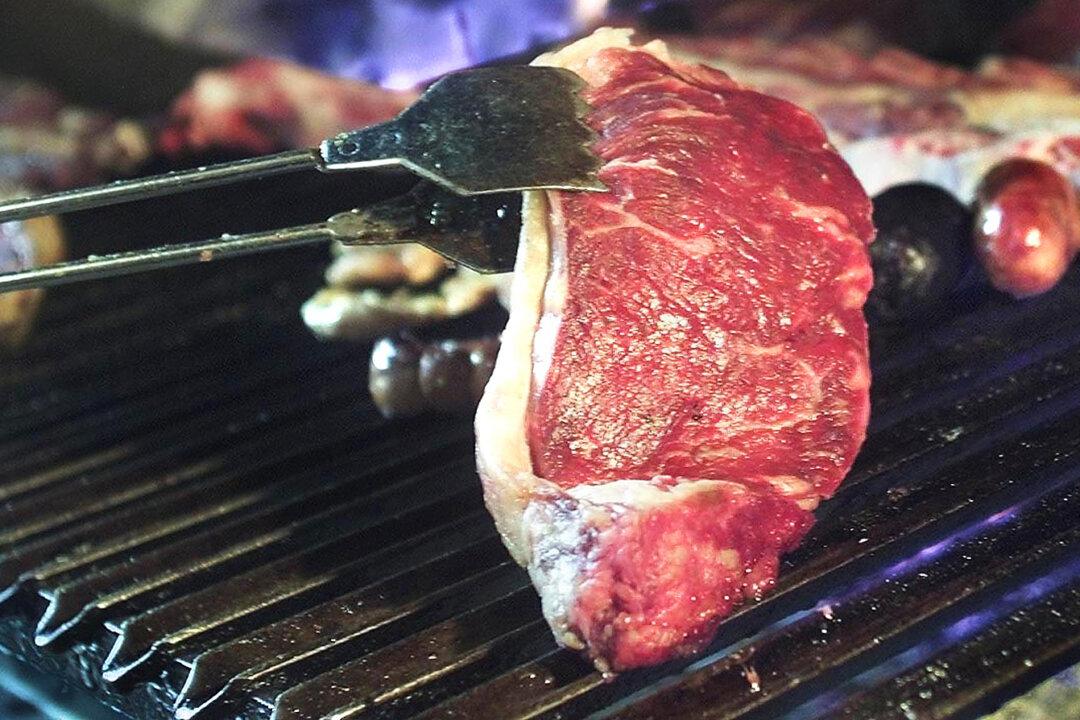Transglutaminase, also known as “meat glue,” is used to fuse proteins together to form one connected piece of meat. But many don’t know of its existence.
A video from Ballistic BBQ shows how meat glue is used—sometimes to scam diners.


Transglutaminase, also known as “meat glue,” is used to fuse proteins together to form one connected piece of meat. But many don’t know of its existence.